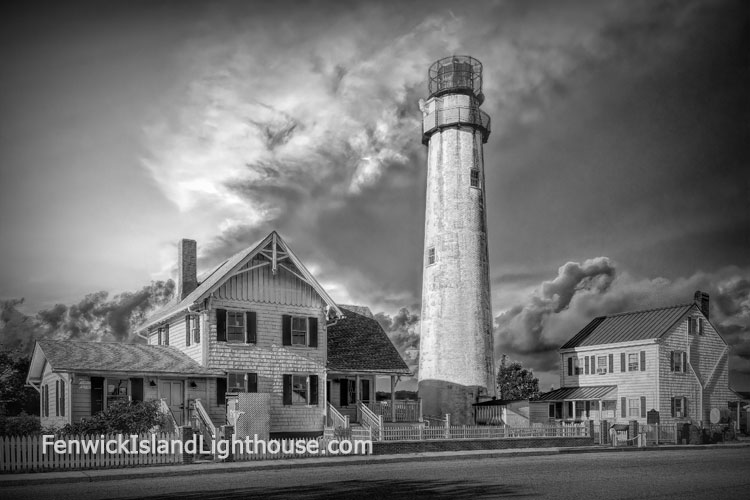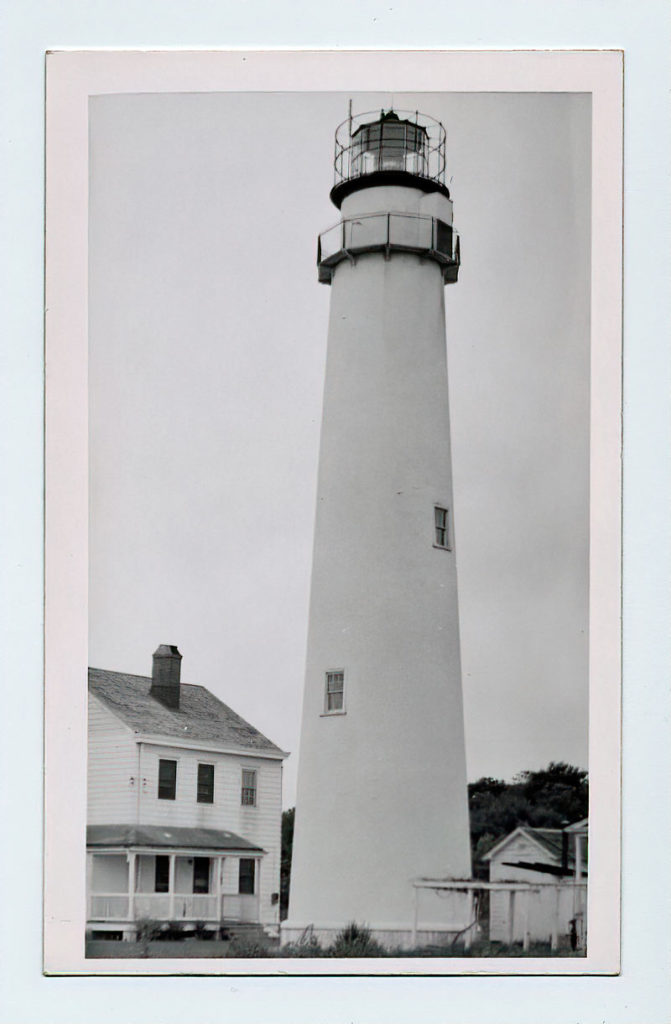What are these structures, and how do they work?
Introduction: What is a lighthouse?
Lighthouses have been around for centuries, and they continue to be an important part of maritime safety. But what are these structures, and how do they work?
Basically, a lighthouse is a tower with a light that is used to warn ships of danger, mark the entrance to a harbor, or guide ships through dangerous waters. The first lighthouses were built in ancient Greece and Rome. These early lighthouses were usually built on hills or cliffs overlooking the sea. The light was produced by burning wood or coal.
The history of lighthouses
Lighthouses are often considered to be romantic structures, standing alone on a rocky cliff and guiding ships to safety. But what are they, really? A lighthouse is simply a tower with a light at the top that is used to warn ships of danger, help them navigate around obstacles, and guide them into port. Lighthouses have been used since ancient times, and there are even references to them in the Bible. Today, there are about 4,000 lighthouses still in use around the world.
How do lighthouses work?
Lighthouses are structures that emit light to guide ships at night and during foggy weather. The first lighthouse was built in the 3rd century BC on the island of Pharos in Egypt. The word “lighthouse” is derived from the Latin word “pharus” which means “beacon.” Lighthouses were used extensively throughout history, but they became increasingly important during the Age of Sail. Lighthouses were built on coastal cliffs, rocks, islands and the shorelines of oceans and large lakes. They ranged in size from small buildings to large towers.
The benefits of lighthouses
A lighthouse is a tall, cylindrical structure that emits a strong light to guide ships at night and in foggy weather. The earliest lighthouses were built in ancient Egypt, Greece and Rome. In the United States, the first lighthouse was built in Boston Harbor in 1716. Lighthouses are now automated, but they still serve an important role in maritime safety.
In the days of the sailing ships, lighthouses played a very important role in maritime safety. It was very unsafe to sail at night or in foggy weather. Lighthouses helped guide ships safely into port. They also served as a warning to mariners of dangerous reefs and rocky shores.
The downside of lighthouses
A lighthouse is a structure that emits light and is used as a navigational aid for ships. The light emitted from a lighthouse can be seen from afar, and it helps to guide ships into port. Lighthouses are usually located on coasts or in other areas where there is danger of shipwrecks. Today, these structures, for the most part are being replaced by technology such as radar and GPS.
The earliest lighthouses were simple beacons that were used to warn ships of their presence. In time, the beacons evolved into more elaborate structures with additional features.
Are lighthouses still relevant?
In 1820 the first lighthouse in America was built in Boston Harbor. The purpose of a lighthouse is to warn ships at night of dangers near the shore. The light from a lighthouse can be seen for miles out at sea. A lighthouse is usually built on a high cliff or on an island.
Today there are more than 600 lighthouses in the United States. Many of these lighthouses are no longer used because modern technology has made them obsolete. Navigation at sea is now easier and safer. But these modern lighthouses are still beautiful structures to see. For example, the Virginia Coast Guard Museum has five lighthouses in its collection. The two on display were constructed in 1873 and 1876. The Fenwick Island Lighthouse is, of course, our local example. It was built in 1859.
Summary
Lighthouses have long been a guide for sailors, providing them with a way to find their bearings and navigate safely to shore. The first recorded lighthouse was built in Egypt around 700 BCE, and since then, these iconic structures have become synonymous with maritime safety. Today, lighthouses continue to play an important role in guiding ships and keeping sailors safe. As technology advances and GPS becomes more commonplace, the need for lighthouses may lessen, but their legacy will always be remembered.
Be sure to visit the Fenwick Island Lighthouse Gift Shop.


Interesting! Do any of the ones near you include fog horns that generate loud low tones for those times when the fog is too thick for the light to be seen?
Steve, I don’t believe the fog horns are in use these days. The lights, themselves, are being maintained for historical purposes and have been replace with technology – radar and GPS – over the years. The FI Light did, at one time, have a powerful horn that likely kept the keeper and the keeper’s assistant awake on foggy nights.